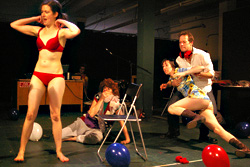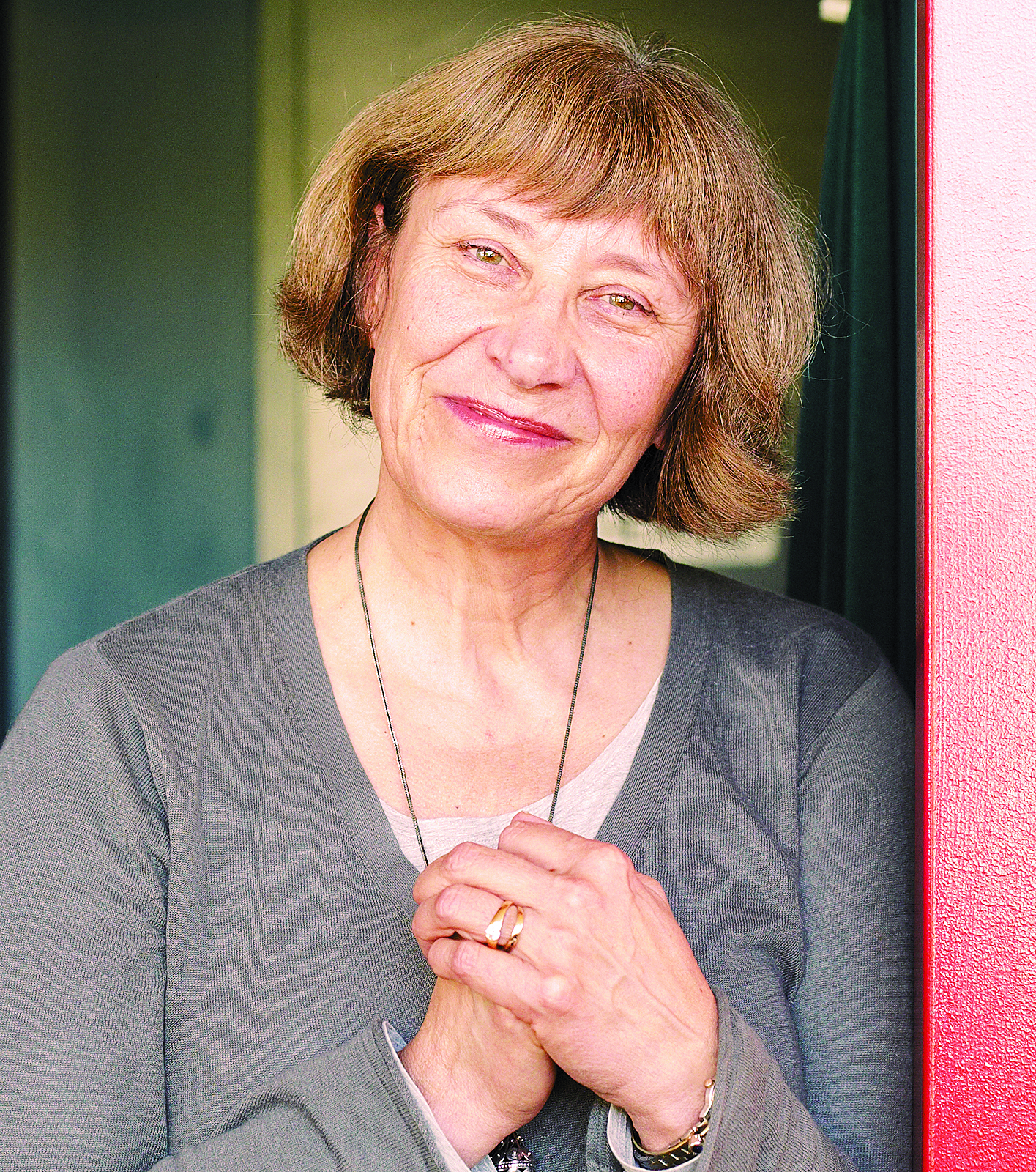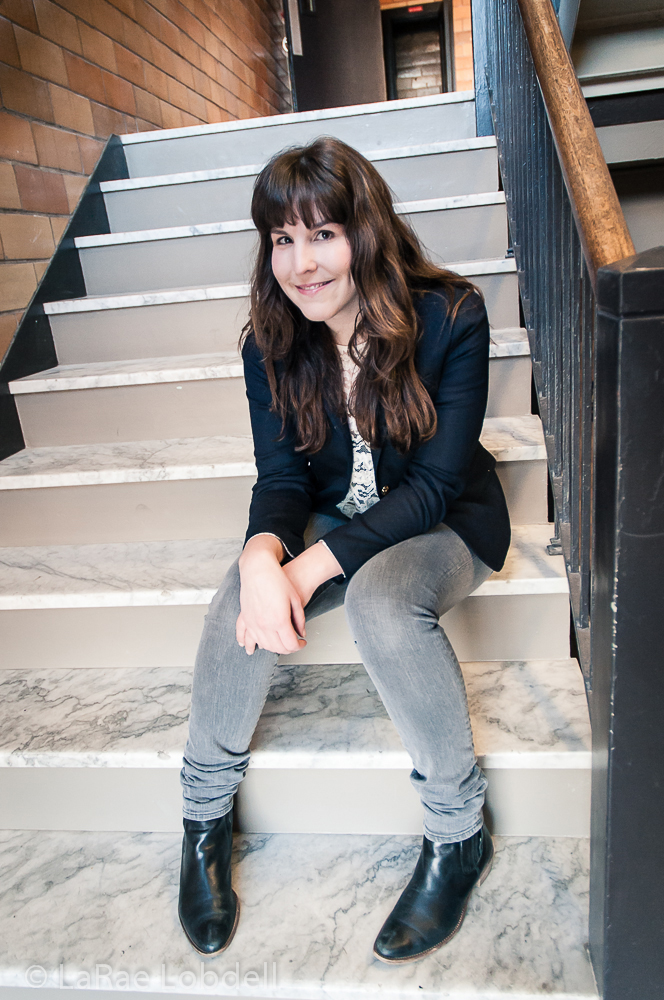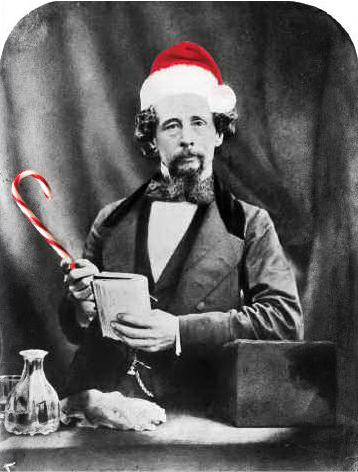If memory serves, I first saw the Bed Trick during a particularly dull production of The Goblin Market down at Belltown Theatre Center in about 1996. It woke me right up from the sort of semi-comatose haze that bad theater creates. Here’s the Bed Trick: An actor is discovered standing flat against a wall, on which stands, or is drawn, a bed, complete with pillow. Add a blanket, and suddenly it looks like they’re lying asleep, and we, the audience, are looking down on them from the ceiling.
It was the show’s one inspired moment. For weeks afterward, I’d think, “Well, whatever else you can say about that director, he had one good idea—that Bed Trick. That was something really different.”
And then I saw it again. And again. And again, in a variety of theaters, with a variety of performers, including some I knew well and respected (Kevin Joyce, Kristin Kosmas). When I eventually saw it in a production of the Seattle Children’s Theatre, it was a clear sign that as a radical theatrical technique, it’d run its course. (Though I’ll admit: I swiped it myself for a solo show I co-directed a couple of years later.)
There’s little new in theater or anywhere else under the sun, and directors and designers swipe clever ideas from each other routinely. As we all know, great artists don’t borrow, they steal—which I take to mean that experienced artists are bold in imitation, and successful in making the techniques their own. When Kosmas used the Bed Trick in her show Slip, for instance—gently falling back toward the bed at the play’s end, a vulnerable figure cocooned in dreams and fragmented conversations—she made the moment, and the technique, her own.
This came to my mind recently when I saw two very similar shows back-to-back, Portland’s Hand2Mouth Theatre’s Repeat After Me and Annex Theatre’s I Feel Fine. Although the subject matter of the two shows was different (Repeat takes a raucous look at American culture through 30 years of pop music; Fine billed itself as “the party at the end of the world”), both used a surprisingly similar set of theatrical techniques, including: karaoke; various “turns” by the actors announced on mike by the stage manager; onstage clothing racks that only partially hid actors changing their clothes; big, messy scenes where props and confetti were tossed around the stage; and semi-spontaneous, frenzied dancing. I enjoyed Repeat tremendously, and Fine had its moments, but given how fiercely experimental theater trumpets its originality, it was interesting to see such a similar vocabulary of effects.
The point isn’t lost on at least some of the participants. Hand2Mouth company member Jerry Tischleder recalls that during rehearsals he read a book with a list of clichés of postmodern British theater, which included repeated onstage costume changes, making big messes with props, and exhausting action sequences. “I remember thinking, Oh NO! We’re doing EVERY SINGLE ONE!”
Rachel Hynes, co-director of I Feel Fine, is less conciliatory on the matter. “I haven’t any idea of why there are similarities between our show and Hand2Mouth,” she says. “I guess we have a similar way of working.” She says most of her show’s motifs came spontaneously from the rehearsal room and her own history with artists like co-director Mike Pham.
Tischleder cites the British company Forced Entertainment, which Hand2Mouth members saw at On the Boards last year, as the company’s biggest influence. “It blew our minds. Forced Entertainment showed us that you can make a show that is visual and physical but also messy and funny and existing in the present world, acknowledging the chaos and contradictions of modern life.”
To me, I Feel Fine seemed less in control of its techniques—the messes looked, well, messier. And unlike their Portland counterparts, Hynes and Pham seem less aware of their influences. No one’s looking for a footnote for every technique used in a production. But artists will go farther, I feel, if they’re willing to acknowledge that some of their best ideas were someone else’s first.
John Longenbaugh








